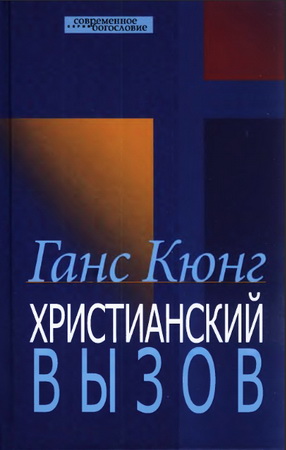
Hoenig - The Great Sanhedrin
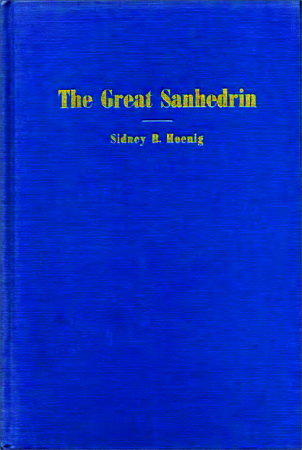
During the era of the Second Jewish Commonwealth (ca. 141 B.C.E.—70 C.E.) there existed in Judea institutions called by the Greek name "synedrion". The term generally refers to any sort of assembly, gathering, council or conference, and is found as such in classical Greek literature. In Jewish tradition, however, "Sanhedrin" as a Hebraization of "synedrion" usually referred to a religious judicial body, a Bet Din. Because of the importance of these Jewish tribunals to the beginnings of Christianity and to the development of Jewish law and life, the nature of these "synedria" became a matter of investigation and controversy among scholars.Differences of opinion resulted from apparent discrepancies among virtually contemporaneous sources, rabbinic and non-rabbinic; the former for the most part are recorded in the tannaitic literature and the latter mainly in Josephus and in the Gospels.
Such conflicting opinions were coupled with the questions of the origin of the Jewish court and the personality of its president. According to the mishnaic interpretation there existed in Judea a judiciary system, at the head of which was a body called "Sanhedrin Gedolah" (Great Sanhedrin) or "Bet Din ha-Gadol" (The Great Court). The heads of this supreme court, especially before the beginning of the Common Era, were always two men known as "Zugot" ("Pairs"). One was the Nasi (Prince or President) and the other the "Ab Bet Din" (Father of the Court or Vice-President). On the other hand, from the interpretations of the texts of Josephus and the Gospels, many scholars obtained a picture of the high priest as the one who directed the sessions of a synedrion, particularly in the decades immediately before the destruction of the Temple.
Sidney B. Hoenig - The Great Sanhedrin
The Dropsie College for Hebrew and Cognate Learning, Philadelphia
Bloch Publishing Co, New York
1953 - 310 pp.
Sidney B. Hoenig - The Great Sanhedrin - Contents
- Introduction
- Problem
- Evaluation of the Sources
PART I
- I. The Name — Synedrion
- II. The Nature of the Great Sanhedrin
- III. Origins and Opinions
- IV. The Emergence of the Bet Din ha-Gadol
- V. The Presidency: Zugot or High Priest
- VI. Rival Schools
- VII. The Membership
- VIII. The Number
- IX. The Meeting Place
- X. The Functions of the Bet Din ha-Gadol
- XI. Judicial Procedure
- XII. Dissolution of the Great Sanhedrin
PART II
- EXCURSUSES
PART III
- NOTES
- Selected Bibliography
- Notes to Chapters
- Notes to Excursuses
INDEX
- I. Sources Cited or Interpreted
- II. Authors
- III. Hebrew Phrases
- IV. Greek Terms
- V. General Subjects
- VI. Special Notes
Sidney B. Hoenig - The Great Sanhedrin - The Nature of the Great Sanhedrin
The Great Sanhedrin was a religious body devoted to the interpretation of the biblical and traditional law, the Halakah. Evidence for this assertion can best be obtained by analyzing the different forms of administration during the times of the Second Temple, determining by comparison with other administrative bodies the singular place held by this institution during the various decades of the epoch.
From the Restoration (516 B.C.E.) till the Hasmonean Revolt (165 B.C.E.) there was a theocracy. The high priest at its head directed ritual and civil matters through his gerousia. This Judean institution was vested with full power, as shown in the Book of Judith. However, the influence of the gerousia varied inversely with the strength of the high priest. When the sons of Tobias, during the days of Onias III (ca. 180 B.C.E.) controlled the state through their supervision of the market, collection of taxes and exercise of other financial privileges, the high priest's domain came gradually to be limited to the Temple service and interpretation of the religious law. This cleavage of power, resulting from an internal struggle, can be interpreted as the beginning of the separation of the political from the religious functions of the state — a division which became more apparent as the years went by. The gerousia existed, as we noted in the previous chapter, down to the time of Jonathan (ca. 144 B.C.E.), and is not mentioned as a Palestinian institution thereafter. Nevertheless, during these early decades no Sanhedrin existed. All functions, religious as well as political, were controlled by the gerousia.
Under the early Hasmoneans (141-103 B.C.E.) a commonwealth existed. The theocracy disappeared and a democratic form of government took its place. Judas Maccabeus was able to resist the Syrians because of the support he received from the common people. Hence, they were given a voice in the new government. After the wars, by acclaim of the people, Simon the Hasmonean became the head of the commonwealth, and the political functions of the state were administered by the Heber. In this way, state matters were distinctly separated from religious and ritual affairs. But in this latter function a careful distinction was made: the Temple ritual was directed by the high priest, while a new body was formed to supervise the interpretation of the religious law in the state. The activity of the Bet Din of the Hasmoneans and the ordinances of Jose ben Joezer, who functioned as Nasi at that time, testify to the existence of such a religious body.
A monarchy flourished under the later Hasmoneans (103-63 B.C.E.). These rulers were autocratic and would not tolerate interference. Any political council that might have existed then was part of this scheme of rule. Yet there is definite evidence even then of a Sanhedrin supervising the spiritual life of the Jews. This is to be deduced from the judicial activities of Simon ben Shattah who lived in the reign of Alexander Jannai.
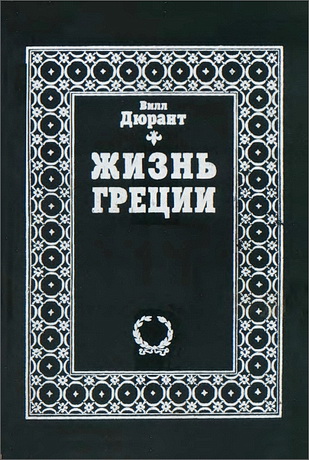
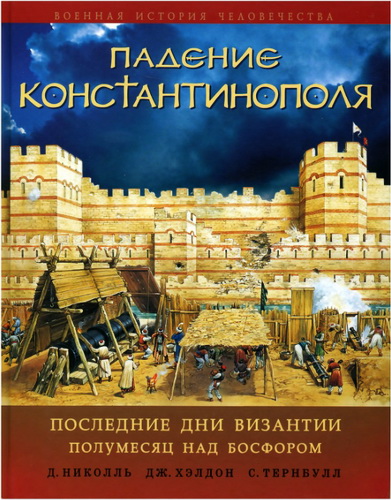
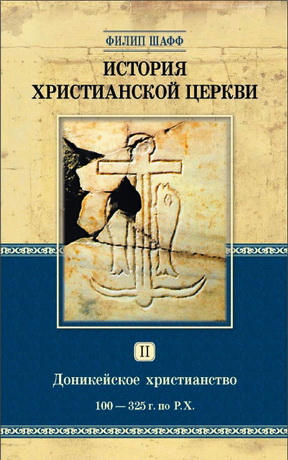

Комментарии (1 комментарий)
Достойная книга, наряду с уже выложенной прежде монографией Х. Мантеля (H. Mantel)! Больше по истории Синедриона мне ничего не попадалось. Для библеистов-новозаветников - обязательная справочная литература.